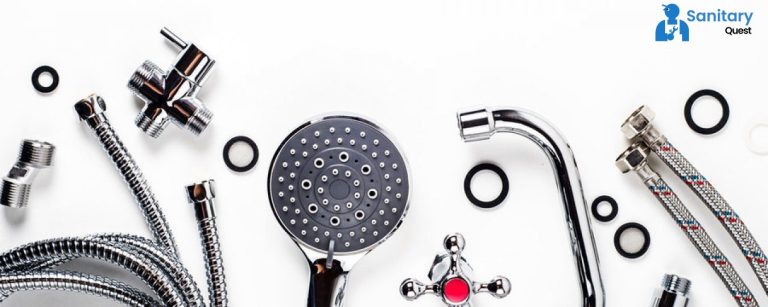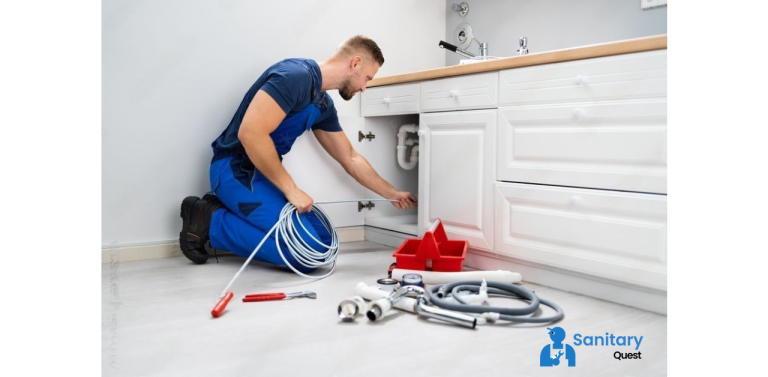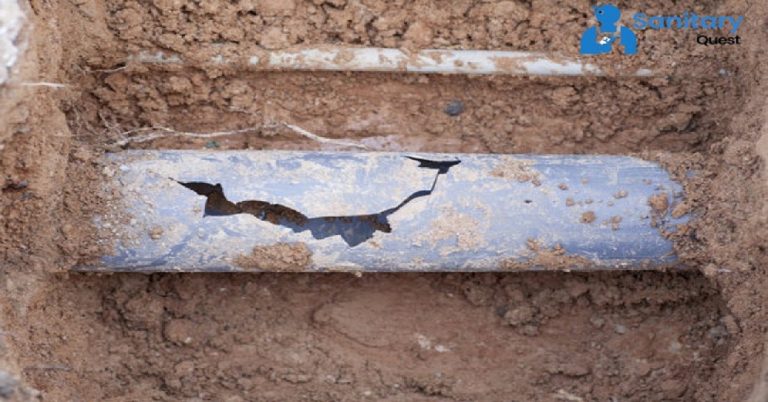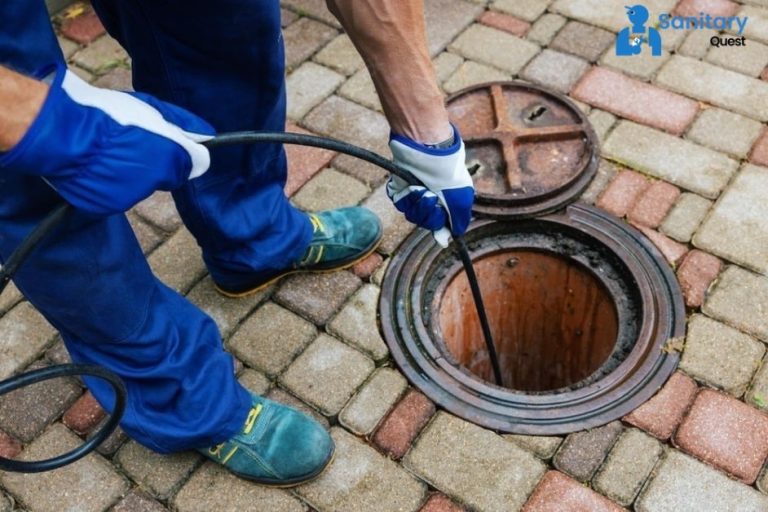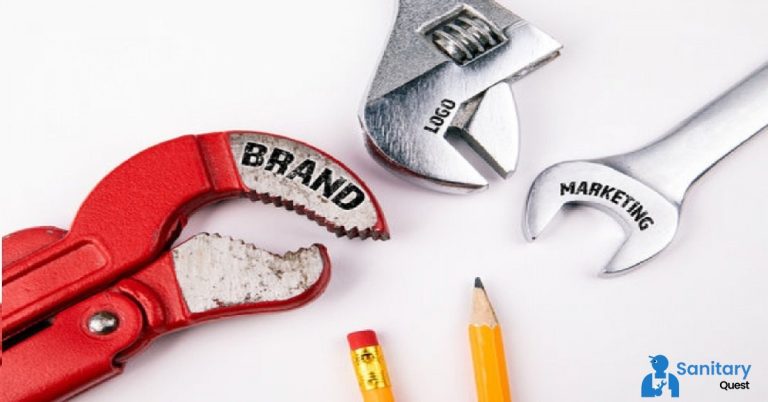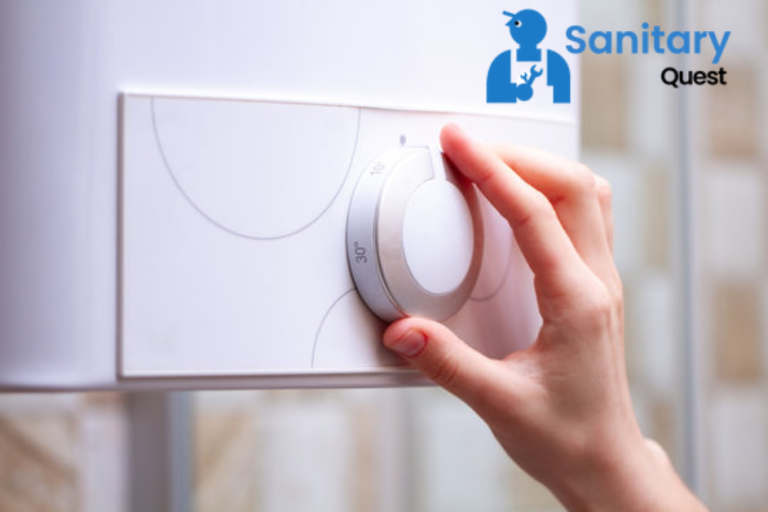How to Prevent Mold Growth in Your Bathroom? [DIY Tips]
There is no denying that mold growth is revolting, and finding it in your own home is not something you want to experience for any reason.
On the other hand, there are particular places inside your house where mold development is more likely to occur. Take a look at your restroom.
Do you have a problem with mold growth in your home? We will explain why mold keeps developing in your bathroom, whether or not it poses a threat to your family’s health, and how you may clean it up and improve the air quality within your home.
Why does my bathroom keep mold growth?
One word: Water. The bathroom is the section of the home that is exposed to the highest concentration of water because it is the room where you will most likely shower, wash your hands, and use the restroom.
Mold growth starts as mildew, which forms when surfaces are allowed to become moist and dirty without being dried or cleaned first. Mildew is the initial phase in mold growth, which happens when characters are allowed to become moist and unclean. Mold will eventually develop from mildew if given enough time.
Because mold thrives in moist surroundings, the bathroom in your home is an ideal area for the fungus to grow and spread because it is frequently damp. Suppose members of your household take a significant number of steamy showers regularly. In that case, the bathroom will become steamy and humid, increasing the likelihood of mildew and mold forming. This is especially the case if you keep the door to the bathroom closed while you shower, which keeps the indoor humidity in the room higher for a longer period than is strictly necessary.
Another prevalent perpetrator in these scenarios is caulk, which is on the point of cracking. When this happens, warm, moist air from the shower can seep into the crevices, allowing mold to start growing and spreading throughout the area.
Mold can also grow in areas with a water leak or a drain backed up. This can happen when there is a buildup of debris in the drain.
Is bathroom mold dangerous?
The vast majority of the time, mold growth indoors is nothing more than an eyesore. But sometimes, it can be dangerous. On the other side, it may function as an irritant and cause you to cough, have a sore throat, and run your nose if you suffer from allergies or asthma or are hypersensitive to molds. These conditions can make you more susceptible to mold. Mold growth can cause lung infections in people who already have weaker immune systems or who already suffer from a chronic lung illness, according to the Centers for Disease Control and Prevention (CDC). These people are more likely to be affected by mold infections.
In particular, you need to keep an eye out for black mold, more often known as harmful mold. Mycotoxins are a form of mold growth that is dangerous to human health because fungi are responsible for their production. You and your family could risk various health problems if exposed to this mold. Some of these problems include the following:
- Respiratory issues, such as coughing and sneezing, but also more serious issues like pneumonia
- Headaches
- Immune system issues
- Sinus problems
- Allergic reactions
Because of its murky and dark look, black mold is simple to identify.
How can you get rid of mold growth in the bathroom?
To get rid of mold in your bathroom, you can do a few various treatments you can do on your own using do-it-yourself methods.
Prepare a spray bottle with water and hydrogen peroxide in an equal part ratio. Spray the solution onto the affected area. You could also fill the container with water and add one teaspoon of baking soda. This is an alternative option. After spraying this on the damaged area and waiting anywhere from five to ten minutes for it to take effect, you should see some results. Scrub it thoroughly with a sponge, and then wash it. You next need to dab some white vinegar onto the area and then wait for it to dry completely.
You may also purchase bleach and antifungal spray, which are examples of chemicals that were developed particularly for removing mold from commercial environments. First, spray the antifungal solution directly over the problematic region, then use the sponge to scrub the area thoroughly. If you follow the instructions on the bottle, you can decide how long you should leave the spray on the surface before washing it.
After that, you should spray the affected area with bleach spray, then let it sit for the period stated on the bottle before cleaning it up. After that, you can put vinegar on the affected area by applying it directly to the skin.
When performing industrial cleaning, you should always keep the windows open, wear a mask, and use rubber gloves. In addition, you should never forget to put on a show before putting on rubber gloves.
If you are having issues with mold as a result of the damage caused by water, don’t hesitate to get in touch with our sister firm, STOP Restoration. STOP offers its services to repair mold damage to residential and commercial customers. A free mold examination is performed on the property as part of these services.
FAQs
Q1: How can I keep mold from growing in my bathroom?
Certainly! To prevent mold in your bathroom, try these simple tips:
- Ventilation: Use the exhaust fan or open a window to reduce moisture after showers.
- Dry Surfaces: Wipe down wet surfaces like the shower walls and doors after use.
- Fix Leaks: Repair any leaks in pipes or faucets promptly.
- Mold-Resistant Products: Consider using mold-resistant paint or materials in your bathroom.
- Regular Cleaning: Clean your bathroom regularly using mold-killing products.
Q2: How can I make my bathroom resistant to mold?
Sure thing! Here are some simple ways to stop mold in your bathroom:
- Keep Things Dry: After showers, dry the wet areas like the shower walls.
- Use Mold-Fighting Stuff: Consider using special paint or materials that stop mold.
- Clean Often: Regularly use products that kill mold when you clean.
Q3:How do I permanently get rid of mould in my bathroom?
Getting rid of mold permanently involves a few steps:
- Identify the Source: Find and fix any leaks or sources of excess moisture in the bathroom.
- Scrub and Clean: Use a mold-killing cleaner or a mix of water and vinegar to scrub the affected areas thoroughly.
- Ventilation: Improve airflow with fans or open windows to keep the bathroom dry.
Q4: Is mold in the bathroom harmful?
Mold in the bathroom can be bad, especially for folks with allergies, asthma, or weaker immune systems. Some molds give off tiny particles that, if breathed in, can cause allergies or trouble with breathing. Some molds can even make yucky stuff that, if you breathe or eat, might make you sick. It’s super important to deal with bathroom mold to keep everyone healthy and safe.

![How to Prevent Mold Growth in Your Bathroom DIY Tips Sanitary Quest How to Prevent Mold Growth in Your Bathroom [DIY Tips]](https://sanitaryquest.com/wp-content/uploads/2023/01/How-to-Prevent-Mold-Growth-in-Your-Bathroom-DIY-Tips.jpg)
